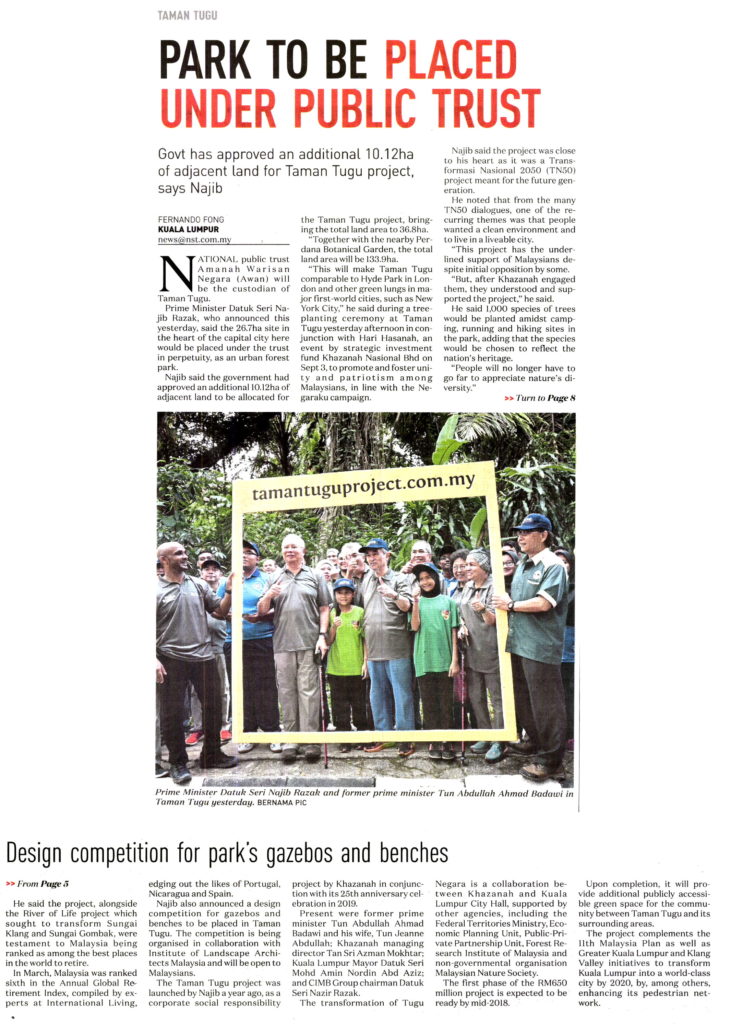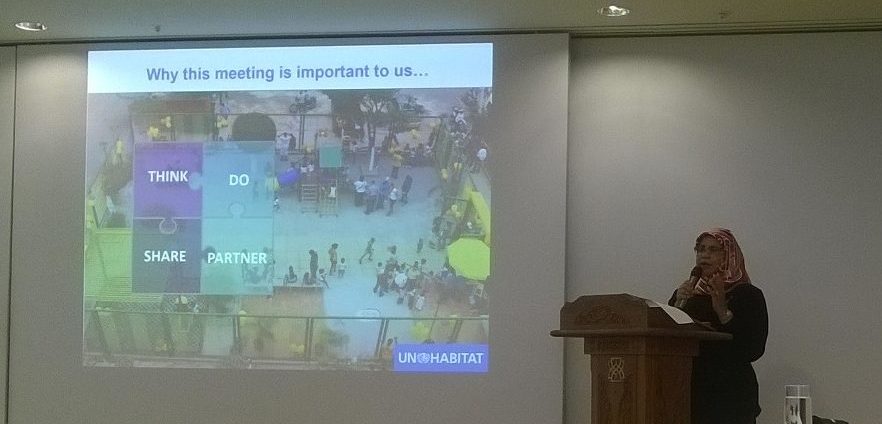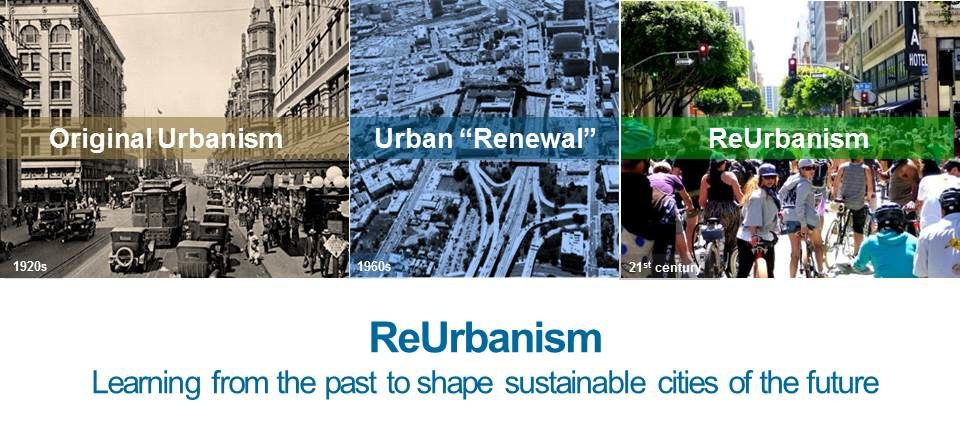-
Urban Heritage (Weekly blog, 6 May 2018)
Posted on May 6, 2018A blog by Catherine Leonard, Secretary-General
Mainstreaming culture and heritage in urban regeneration
A few years ago I met a group thinking of establishing a ‘National Trust’ in Malaysia. They went on to establish the National Heritage Trust and Yvonne Lim attended our conference in Bali.

The group was called Think City and this week, we had the chance to reconnect in the heart of urban London. The Shard, an extraordinary 310m glass pyramid housing a vertical city, is home to Khazanah Nasional, Think City’s parent company.
I was invited to a workshop about ‘Culture in Sustainable Urbanism’ co-hosted by Think City and UN-Habitat. (UN-Habitat is the United Nations programme working towards a better urban future. Its mission is to promote socially and environmentally sustainable human settlements development and the achievement of adequate shelter for all.) In December, H.E. Madam Maimunah Sharif was appointed Executive Director of UN-Habitat. A former mayor of Penang, she is spearheading the organisation’s New Urban Agenda and implementation of the Sustainable Development Goals.
Reforming UN-Habitat
A key feature of her reform agenda is to widen the platform for networking and sharing of resources. Hence this workshop exploring the significance of culture and heritage in the urban development process. In turn, part of a wider series of dialogues with like-minded institutions and organisations.

A sequence of fascinating speakers set the scene for the day. These included urban planner, Dr Shipra Narang Suri; Jeremy Cross (Prince’s Foundation), Shoshana Stewart (Turquoise Mountain), Cameron Rashti (Aga Khan Trust for Culture) and creative thinker, Charles Leadbeater. Amongst the participants were INTO friends John Darlington (WMF Britain), Kate Pugh (Cultural Protection Fund Advisory Group), Alexandra Warr (Historic England), Harriet Wennberg (INTBAU) and Phillip Davis (Commonwealth Heritage Forum). As well as new friends and colleagues including Ege Yildirim of ICOMOS – one of the few new people I’ve met who knew all about INTO!
Take-aways for INTO
It was a fascinating day and one that I’m still mulling over. Things that stood out for me were:
◊ Firstly, ‘Think, Do, Share, Partner’ could be a good motto for INTO too!
◊ I loved the UN-Habitat project in Nepal which returned historic urban seating areas to public use

◊ The story of Abdul-Hadi, the master craftsman who inspired the establishment of the Institute for Traditional Afghan Arts
◊ ‘We can do the building bit – but what about the pedestrian bit, the traffic, access, night market …’ (Turquoise Mountain Foundation’s work in Yangon)
◊ How to create a ‘heritage movement’ to rival the environmental one? Some more synergies with INTO here:
- Cross-learning and sharing resources
- Building capacities
- Global advocacy/voice – new advocates needed – and different messages
- Scaling up to attract capital “investing in culture definitely yields results”
- Bring conversation to global arena – don’t be cultural apologists
◊ Helsinki Restaurant Day and innovating the regulation of cities
◊ How to ensure equitable buy-in and bring a variety of voices to the table? Because smaller community projects are more sustainable. Moreover practical on the ground experience is essential. A role for INTO?
◊ Heritage is definitely more dynamic when it is seen as part of culture
◊ Finally, people want to feel they matter and their lives have significance – culture both creates and conserves significance
Sustainable Development Goals (SDGs)
At our Trustees teleconference last week, we considered how the work of INTO members relates to the SDGs. As Oliver Maurice, our Director of Membership and Advocacy wrote in his paper: “The SDGs are high on many organisations’ agendas. They were one of the main topics at the recent Commonwealth Heads of Government Meeting in London. Indeed they are the focus of the UN High Level Political Forum (HLPF) meeting in New York in mid-July. They feature under one of the four themes, ‘Heritage as a Pillar of Sustainability’, at the ICOMOS ‘Culture – Conserving it Together Conference’ (Fiji, October 2018). The SDGs will also be very prominent at COP 24. And lastly they feature in many Trusts’ and Foundations’ criteria for accepting grant applications.”

Moreover, this workshop helped show how important it is for us to be able to demonstrate where our members are delivering SDGs. Particularly, although not exclusively SDG 11.4: Strengthen efforts to protect and safeguard the world’s cultural and natural heritage.
If you have case studies you’d like included in our thinking around the SDGs, please get in touch!
Urban Heritage Projects
It was lovely to finally meet part of the team delivering the Aga Khan Trust for Culture’s project in Lahore. I wrote about it in a series of case studies on urban heritage PPPs in Asia for the Asia-Europe Foundation in 2012. The rest of the case studies can be found here.
When thinking about best practice in urban heritage however, I must mention the National Trust for Historic Preservation. The Trust’s work in cities to make adaptive reuse the default development option is called ReUrbanism – promoting building reuse as essential to economic growth and vibrant communities.

Or indeed the National Trust’s work with Newcastle City Council to find new ways of caring for their parks and green spaces. As well as finding a new future for the Moseley Road Baths and Roundhouse in Birmingham (with many of the partners at the workshop!).
The National Trust ideal that was partly born from a desire to get the urban poor out into the countryside is finding a new role in our cities of today. And that is very exciting!
Thanks for reading

 44 (0)20 7824 7157
44 (0)20 7824 7157